Introduction to Sedum Plants
Explore the captivating world of Sedum (stonecrop) and its reputation for being a ‘doozy’ of a plant. Discover their hardy nature and how they can jazz up any garden.
Think of Sedum as the jazz musicians of the plant world – they bring a unique flair to any garden composition they’re a part of. Known for their robustness and versatility, these little rock stars can thrive in the harshest conditions, from the weather-beaten cliffs to your sun-soaked backyard. It’s no surprise that they’ve been called a doozy; Sedum plants pack a big punch in a small package!
Picture stonecrop swaying in the wind, covered in a tapestry of vibrant colors – a sight that elevates the spirit of any outdoor space. Their resilience is a gardener’s dream, making them a top pick for both seasoned green thumbs and curious novices alike. Unleash the full potential of these hardy perennials by incorporating them into your landscape, adding dashes of texture and color that persevere year after year.
But what makes Sedum truly remarkable is their knack for minimal care. They are the epitome of ‘plant it and forget it,’ requiring little attention while continuing to thrive and spread their joy. This makes them a perfect choice for cultivating vibrant carpets of greenery that demand minimal maintenance. Plus, with so many varieties to choose from, there’s a Sedum out there just waiting to dazzle in your garden story.
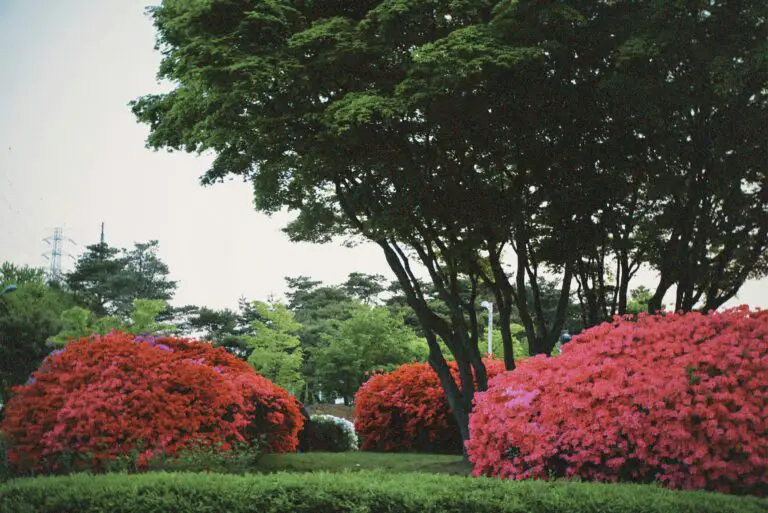
Varieties of Sedum: The Diversity Beneath the Species
Imagine wandering through a lush garden, each step unveiling a different canvas of textures, colors, and forms—welcome to the world of Sedum, or stonecrop plants. Known for their hardiness and picturesque foliage, these succulents are more than just drought-tolerant wonders; they’re a kaleidoscope of botanical variety. Let’s dive into the rich diversity of Sedum species and uncover the uniqueness each one brings to the table—or rather, to the garden bed.
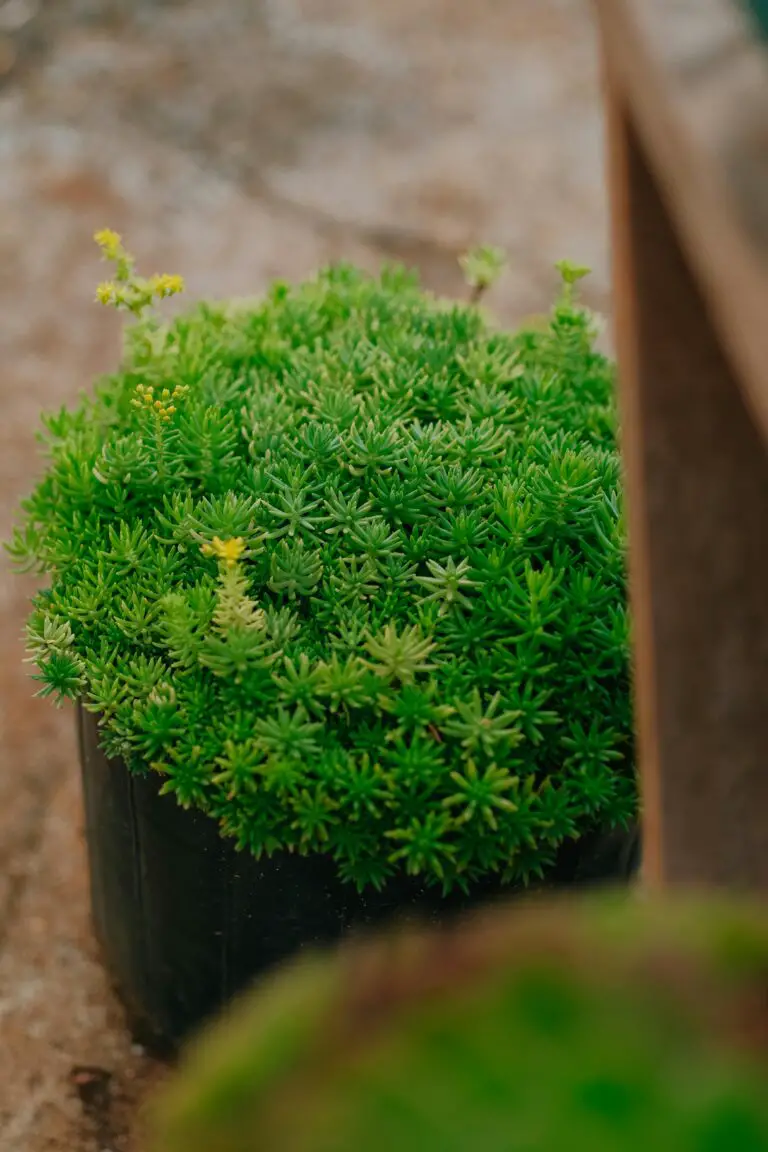
From the quaint, low-lying Sedum acre, a carpet-forming charmer that hugs the ground with its star-shaped blooms, to the lofty heights of Sedum telephium, which stands tall with its thick, broccoli-like clusters, the range is extraordinary. The groundcover types are not just visually appealing; they perform the heroic task of weed suppression, their dense foliage leaving little room for unwanted green invaders.
Within this genus, one would be amazed at the adaptability on display. Take, for instance, the delightful Sedum spurium, affectionately known as “Dragon’s Blood,” which flaunts leaves that turn from green to a fiery red with the kiss of the sun. Or the charming Sedum reflexum, also known as “Blue Spruce,” which seduces the eye with its needle-like leaves, evoking the allure of a wintry Christmas tree.
In the world of succulents, the Sedum species stands out for its ability to be a gardener’s delight, offering a medley of options for various landscapes. Whether it’s the vertical elegance of Sedum spectabile that catches raindrops on its platter-like leaves or the whimsical Sedum morganianum, with its cascading tails of green beads known as “Burro’s Tail,” these plants provide a doozy of a design opportunity for creative gardeners.
It’s not just the visual spectacle that makes Sedums a joy to behold; they have a knack for thriving in conditions that would leave other plants withering in surrender. The plump leaves of Sedum rupestre, which store water for the drier days, to the rugged resilience of Sedum kamtschaticum, capable of braving the harshness of rocky terrains, illustrate the sheer vitality these plants possess. It’s as if each Sedum species is a survivor, tailor-made for the challenges of the natural world.
With so much to offer, it’s no wonder these plants have captured the hearts of gardeners and nature enthusiasts alike. From providing ground cover to accentuating rock gardens or serving as charming potted companions, Sedums are a testament to nature’s ingenuity. These succulent stonecrop plants truly embody the phrase “sedum what a doozy,” delivering an eclectic mix of form, function, and sheer botanical beauty.
Why Gardeners Love Sedum: A Doozy of a Plant
Have you ever wondered what it is about Sedum that makes gardeners’ hearts flutter? Imagine a plant so resilient that it laughs in the face of drought, yet so charming that it can turn any garden space into a picturesque scene straight out of a fairy tale. That’s Sedum for you—truly a doozy of a plant!
Coveted for its low maintenance needs, Sedum, often lovingly referred to as Stonecrop, has carved out a special place in the hearts of gardening aficionados. Just ask Clara from Ohio, who swears by these succulent beauties to bring life to her rock garden year after year without fail. “It’s like having a self-sufficient garden. Plant them, give them a wink, and they’re off to the races,” she says with a chuckle.
But it’s not just the easy-care aspect that enthralls plant enthusiasts; Sedum’s drought tolerance is a match made in heaven for those forgetful waterers among us. These versatile plants store water in their fleshy leaves, allowing them to withstand periods of neglect and dry spells like a champ—just what you need when life gets too busy, and the watering can is forgotten.
Then there’s the aesthetic appeal—oh my! From the star-shaped blooms of ‘Autumn Joy’ to the cascading allure of ‘Burrito’ Sedum, their varied colors and textures add an instant touch of whimsy to any outdoor space. No more bland, monochromatic greenery; with Sedum, it’s a year-round festival of hues and shapes that can transform even the dullest corner of your garden into a vibrant, living tapestry.
Let’s not forget those small but mighty pollinators that flock to Sedum’s nectar-rich flowers. Bees and butterflies can’t resist the allure, making these plants eco-warriors in their own right—supporting biodiversity and adding a buzz of life to gardens everywhere. Imagine sipping your morning coffee while watching a kaleidoscope of butterflies flit from bloom to bloom, thanks to these unassuming sedums. It’s moments like this that remind us of the simple pleasures of nature.
Now, if reading this has ignited your curiosity about incorporating these remarkable plants into your green haven, take a little detour and learn more about the sun-loving nature of Sedums and how they can thrive in your garden. Who knows, this may be the beginning of your own lifelong love affair with these doozy plants!
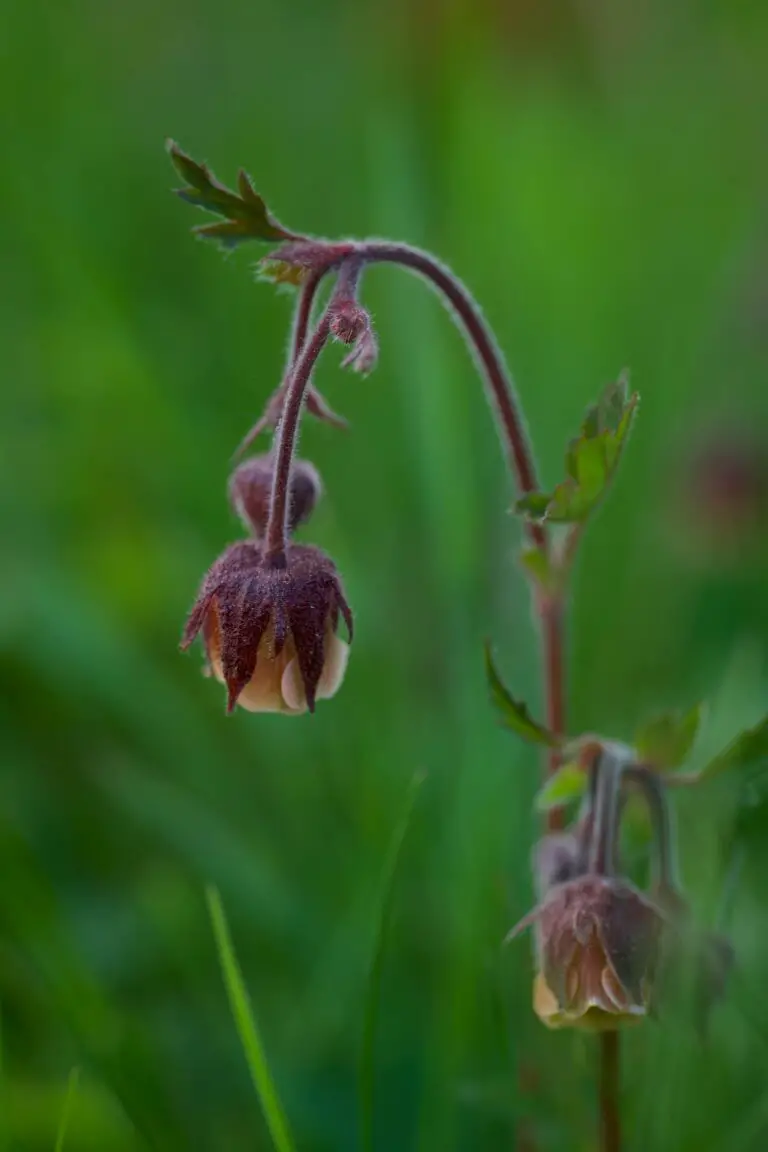
Sedum Planting & Care: Keeping Your Stonecrops Thriving
Imagine you’ve just returned from the local nursery, arms laden with bewildering varieties of Sedum, those resilient jewels of the succulent world. Now, the question is: how do you ensure these beauties not only survive but thrive? Whether you’re a green thumb contemplating a rock garden’s crowning glory or an urban dweller brightening a sunny windowsill, understanding Sedum planting and care is key.
Perfecting the Planting Process
When it comes to planting Sedum, or Stonecrop plants, the rule of thumb is ‘less is more.’ These drought-tolerant troopers prefer to keep their feet dry, which means well-draining soil is your best friend. A mix that incorporates sandy or gravelly components works wonders, offering a cozy yet breathable bed for your succulent. A real-life tip from seasoned gardeners: create raised beds or use pots with drainage holes to avoid waterlogged woes. And if you’ve got clay-heavy ground, worry not! Simply amend your soil with gritty substrate, and those Stonecrops will be popping up cheerfully.
No Sedum chat would be complete without a spotlight on the ideal locale. Spoiler alert: these sun-worshipping delights are all about those golden rays. Plant them in a spot where they can bask in at least six hours of sunlight a day, and watch as they stretch and bloom in gratitude. But let’s be real, not everyone’s garden is drenched in light. If your space skews more towards the shade, check out other shade-tolerant varieties that can add verdant vibe to your verdure.
Watering Wisdom for Stonecrop Success
Next up is hydration. Overwatering is the fast track to Sedum sorrow, so let those roots dry out between watering sessions. How do you know when it’s time to water? Here’s a pro tip: stick your finger an inch into the soil; if it’s dry, it’s time to quench that Sedum thirst. Be sensible with your sprinkling; think of it as a refreshing sip rather than a full-on gulp. This measured approach aligns perfectly with the Sedum’s survival instincts honed in arid habitats.
So, you’ve got down the dirt and the drink, but what about seasons and cycles? Stonecrops have a robust clockwork of growth, dormancy, and blossoming. If you’re blessed with Sedum’s presence year-round, remember that your watering regimen should shift with the seasons. Less is definitely more during the cool, dormant winter months.
For a visual guide that brings these words to life, check out this insightful video on how to trim and care for Autumn Joy sedum:
In closing (though this isn’t a conclusion), remember that every Sedum story is a unique tale. Observe your plants, be responsive to their needs, and they’ll reward you with an enthralling spectacle of form and color. Now that you’re armed with the essentials, go forth and sculpt your very own sedum saga!
“`html
Designing with Sedum: Landscaping and Aesthetic Appeal
Ever considered the humble Sedum as the star of your landscaping show? Well, it’s time to let these versatile plants take center stage in your garden designs. Whether dotting a quaint rock garden, edging a vibrant border, or carpeting an area as a lush groundcover, Sedums are the unsung heroes of the plant world that bring a palette of seasonal colors and intriguing textures to your outdoor canvas.
Imagine a rock garden where each stone is a pedestal, showcasing the sculptural beauty of Sedum varieties. Tucked between boulders, these hardy succulents thrive, bringing life and color to the rocky terrain. It’s where their thick, fleshy leaves can be appreciated up close, ranging from the jade greens of summer to the fiery hues that autumn kindles.
Borders aren’t just for dotting with petunias anymore! Sedums offer a low-maintenance alternative that brims with year-round interest. The arrival of spring heralds the emergence of fresh Sedum shoots, painting a verdant edge to your garden beds. As summer progresses, they transform into a tapestry of blossoms, attracting a ballet of butterflies and busy bees. When cooler days arrive, Sedum plants keep the show going, their foliage and seed heads catching the low light, providing a stunning visual before the winter slumber.
Speaking of easy, let’s not forget Sedum as a groundcover. It spreads joy… quite literally! These robust plants work as living mulch, spreading to form a continuous carpet that suppresses weeds and retains soil moisture. Garden paths lined with these carefree companions remind us that beauty can indeed be effortless.
For those who seek inspiration beyond their backyard, a visit to Fine Gardening offers a glimpse into the transformative power of Sedum in landscapes around the world. From vast public gardens to compact urban spaces, these stoic survivors adapt and flourish with minimal fuss.
The real charm lies in the Sedum’s ability to celebrate each season with a changing wardrobe of colors and textures. In the world of garden design, they are akin to a versatile accessory that complements any style—be it the wild spontaneity of a cottage garden or the minimalist zen of a modern landscape. So why not invite Sedum to your garden party? It promises to be quite the doozy!
“`
Propagating Sedum: Expand Your Garden with Ease
Talk about a plant that knows how to clone itself! Sedum, also known as stonecrop, is a garden enthusiast’s dream when it comes to propagation. Let’s dive into the nitty-gritty of multiplying your sedum collection without breaking a sweat.
Procreating with Leaf Cuttings
Imagine if you could just snip off a piece of yourself and grow a brand new you. Well, that’s pretty much what sedum can do with leaf cuttings. Just pluck a leaf, lay it on moist soil, and in no time you’ll see tiny roots reaching down and tiny sedums popping up. It doesn’t get any simpler than that!
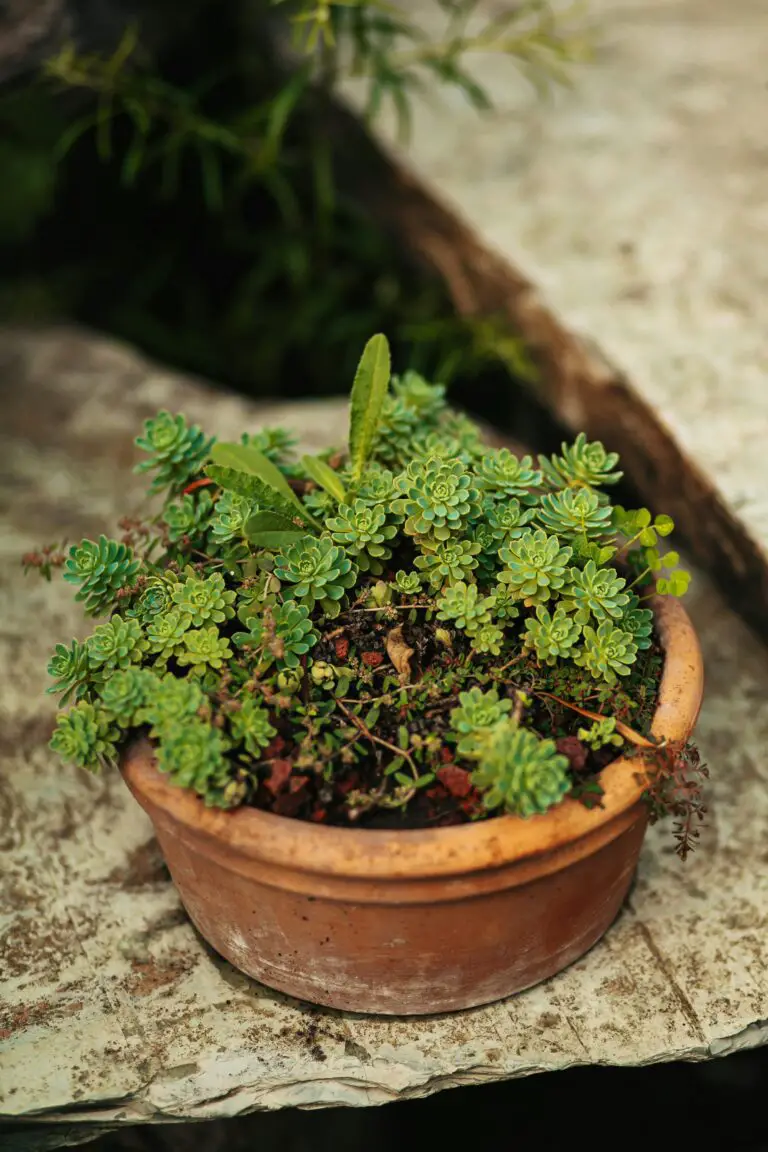
The Art of Division
As your sedum grows, it will start getting a bit crowded, like a dance floor at peak hour. This is your cue to step in and give those plants some breathing room by dividing them. With a sharp spade or a knife, slice through the root ball, ensuring each section has a fair share of roots and shoots. Replant immediately, and voila, your garden is on its way to becoming a sedum haven.
Sowing the Seeds of Sedum
For the patient gardeners out there, sedum seeds are like tiny packets of potential. Sow them in a well-draining soil mix, give them a sprinkle of water, and keep them in a bright spot without direct sunlight. Germination is a waiting game, but there’s something magical about watching those first tender sedum shoots emerge and conquer new territory in your garden.
Packed with real-life tips and tricks, propagating sedum is a cinch. Anyway, if you can slice a pizza, you can probably divide a sedum. Give these methods a whirl, and you’ll have enough sedum babies to start your own plant nursery or at least impress your friends with your green thumb prowess.
Solving Sedum Problems: Common Issues and Solutions
As enchanting as Sedum, or stonecrop plants, can be in your garden with their succulent leaves and star-shaped blooms, they can sometimes throw a tantrum or two. But fear not, while some issues may seem like a doozy, with the right know-how, you can maneuver through these challenges with the grace of a seasoned gardener.
Water Woes: Walking the Line Between Thirsty and Drowned
Think of your Sedum plants as the Goldilocks of the garden: they like their soil just right. That means not too dry, but definitely not too wet. Overwatering is a common misstep that can lead to root rot, turning your vibrant Sedum into a sluggish, soggy mess. The trick is to water deeply but infrequently, allowing the soil to dry out between splashes. Remember, these plump perennials store water in their leaves, so they can handle a bit of drought!
Pesty Predicaments: Uninvited Garden Guests
No one likes unwelcome visitors, especially when they’re munching on your beloved Sedum. Aphids, mealybugs, and other sap-sucking critters see your stonecrop as an all-you-can-eat buffet. Combat these pests by welcoming natural predators like ladybugs into your garden, or mix up a DIY insecticidal soap for a kind yet effective eviction notice. Just a soft spritz can save your Sedum from being someone’s dinner!
Disease Dilemmas: Stopping Sedum Sickness
Even stonecrops can catch a cold, metaphorically speaking. Fungal diseases, like powdery mildew, can cloud the once clear complexion of your Sedum, while bacterial infections cause unsightly spots. The best medicine is prevention, so maintain good air circulation by not overcrowding your plants and keep foliage dry during watering. If an outbreak occurs, reach for fungicides – organic options are available – to nip the issue in the bud.
Enduring the ups and downs of Sedum care is all part of the gardening adventure. By being vigilant and proactive, you can swiftly tackle these common issues and keep your stonecrop collection thriving. What a doozy? More like, what a delight!
Sedum in Containers: Bringing the Outdoors In
Oh, the joys of Sedum — these succulent beauties really know how to make a statemement both in the garden and indoors. But have you ever thought about the endless possibilities that Sedum in containers can offer? Let’s dive right in and explore how these rugged plants can turn any indoor space into a verdant oasis.
First thing’s first: selecting the right vessel for your Sedum is like picking out the perfect pair of shoes — it’s got to be just right. You’ll want containers that not only complement the aesthetic appeal of these low-maintenance marvels but also cater to their growing needs. Think drainage, space, and material. A pot too big and your Sedum might feel lost; too small and it could cramp its style — quite literally. Terracotta pots with drainage holes, my friends, that’s your gold standard.
Pairing Sedums with other plants can be as thrilling as finding an unexpected harmony in a random Spotify playlist. Picture this: Sedum ‘What a Doozy’ alongside a sprightly Aeonium, tucked in with some feathery ferns. It’s like assembling a band of plants where each member brings their own flair yet plays together in perfect symphony. A container combo that’s both eye-catching and pragmatic — Sedums are drought-tolerant maestros that let you flirt with a variety of companions that have similar needs.
Caring for Indoor Sedums: Keep it Sassy, Not Soggy
Caring for Sedum in the great indoors is honestly a breeze. These plants are tough cookies, asking for little yet giving so much. The rule of thumb is this: keep it sassy, not soggy. Overwatering is the arch-nemesis of Sedum; it’s like giving them an all-access pass to root rot. Instead, water sparingly and watch as your Sedum thrives with a tough-love approach. Natural light? Yes, please — but not too direct, unless you want to deal with the plant equivalent of a sunburn.
Now, I know what you’re thinking. “This all sounds great, but I need to see it in action!” Well, say no more. Brace yourself for some serious container gardening inspiration with this nifty little clip:
So there you have it, the straight dope on jazzing up your space with Sedum. Imagine the hustle and bustle of your daily life, peppered with these serene green pit stops. They’re not just plants; they’re a lifestyle, an attitude, a little nod to nature saying, “Hey, I see you — now let’s rock this joint together.” And trust me, with Sedum ‘What a Doozy’ in your corner, you’re about to become the coolest plant parent on the block.
Frequently Asked Questions (FAQs)
Ever wonder if your sassy succulent friend, the sedum, has got a secret life plan or if it might just fancy your feline? Let’s unravel some of the mysteries surrounding our stonecrop sensation!
How long do sedum plants strut their stuff?
Sedums are not just a flash in the pan; these hardy perennials can jazz up your garden year after year, often thriving for a hearty five to ten years or more. With proper care, they might just outlast your favorite pair of gardening gloves!
When do sedums bloom with pizzazz?
Ah, the sedum’s time to shine! These rock stars typically put on their show from late summer into early fall. However, different varieties may take the stage at different times, so you can enjoy an encore of vibrant colors well into autumn’s crisp days.
Are sedums the kind of plant you can trust with your pets?
Sedums, by and large, are not drama queens when it comes to pet safety. They generally practice the ‘live and let live’ philosophy. But as with any botanical buddy, it’s always a good idea to check with a professional before inviting them into a pet-friendly home just to make sure they’re not a toxic tango partner.
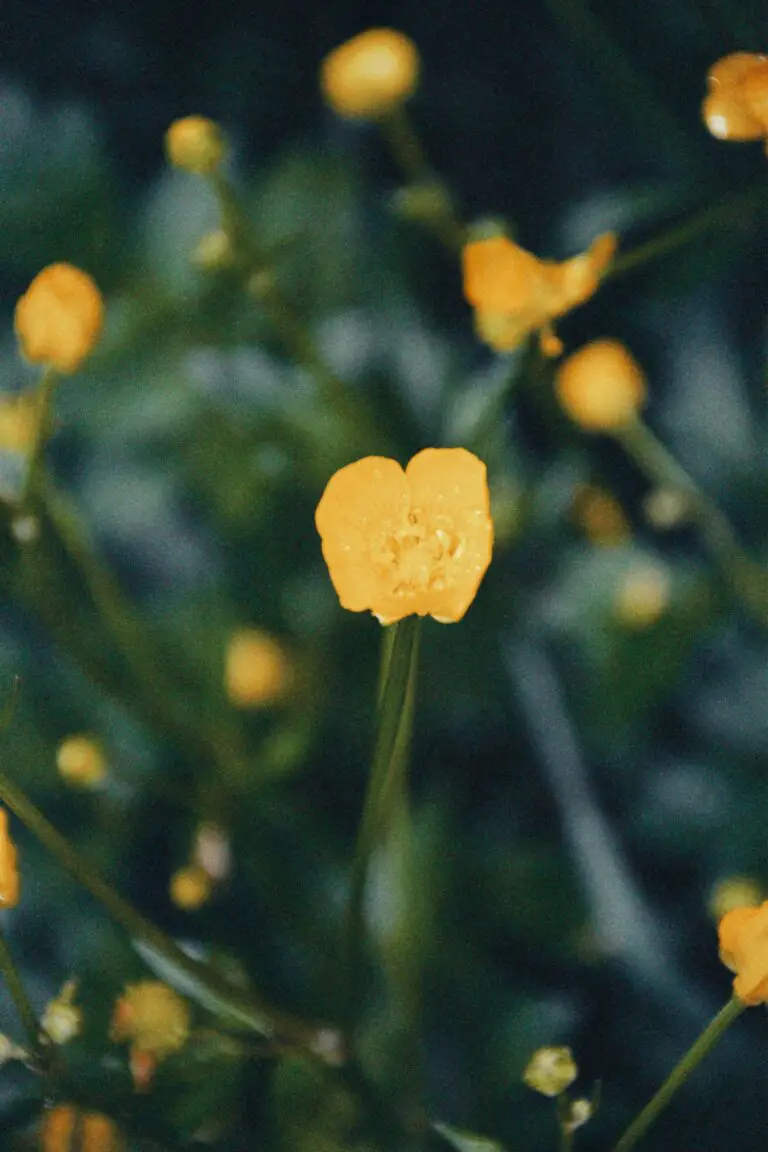
So there you have it, fellow plant enthusiasts—your quick guide to some of the top head-scratchers about sedum plants. Keep these tidbits in mind, and you’ll be waltzing through your sedum care routine with ease!



